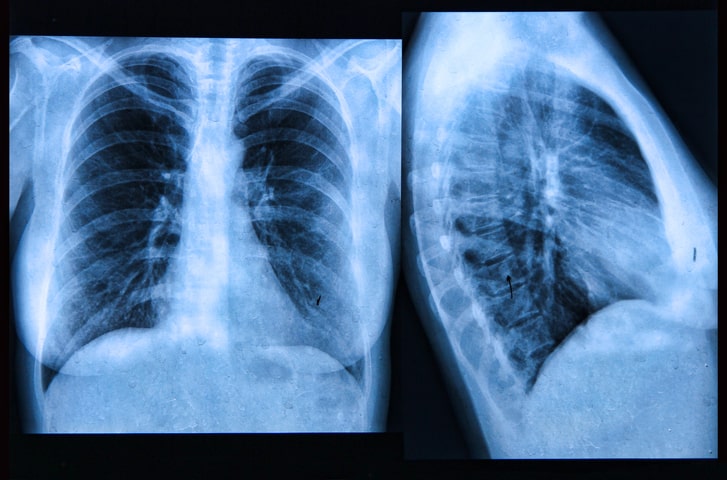Rarely occurring benign fibroproliferative lesions of the skull, cranial fasciitis (CF) is a medical mystery. However, the disease’s subtype and a summary of its radiologic characteristics have not yet been documented. The goal of this research was to enhance radiologists’ and clinicians’ understanding of CF by summarizing its unique clinicoradiological aspects and the methods used to treat it. After searching an institution’s database, researchers were able to collect the clinical and radiologic data of CF patients whose diagnoses were confirmed by histological analysis. Retrospective analysis of the clinicoradiological characteristics and treatment of CF. There were 14 CF sufferers in total. About 85.7% of patients complained only of an asymptomatic, fixed, immobile lump, and 13% of individuals experienced both tenderness and the presence of numerous masses. About 2 patients showed a dramatic gain, while 5 others saw a gradual but steady bulking up. Based on CT findings, they classified these individuals into 3 groups. Type I (9 patients) was characterized by widespread osteolytic bone disintegration and a soft tissue mass. About 2 patients with type II had a lump on their scalps and some modest erosion of the skull’s outer plate, and 3 cases were classified as having Type III presentations, which consisted of a tumor on the scalp but no damage to the skull. Resection surgery was performed on all patients. Patients with type I diabetes require a craniectomy and cranioplasty. In patients with type II, the mass on the scalp was surgically removed along with some surrounding bone via local skull curettage. To treat patients with type III, they did a full scalp resection. In the course of the subsequent monitoring, no new cases emerged. CF typically manifests as a single, painless, hard, immobile mass with a well-defined edge. Bone destruction with soft tissue mass, scalp mass with the erosion of the skull, and a mass on the scalp are the three most common MSCT findings. Each subtype of CF requires a unique approach to treatment.
Source: bmcpediatr.biomedcentral.com/articles/10.1186/s12887-022-03610-w


